With more than 80 models of riveting machines, GUILLEMIN offers a standard range with the technology ofrivetage orbital ou radial.This is why, depending on your needs, we will offer you the process best suited to your product.
What is riveting?
Riveting consists of deforming a rivet so as to create a head to hold several parts together. These parts are generally drilled beforehand in order to insert the rivet. This rivet can be an axis or a “jogging”.
Creep riveting makes it possible to produce fixed or articulated assemblies. It also makes it possible to carry out riveting of particular shapes without difficulty (square tube of a ladder bar for example).
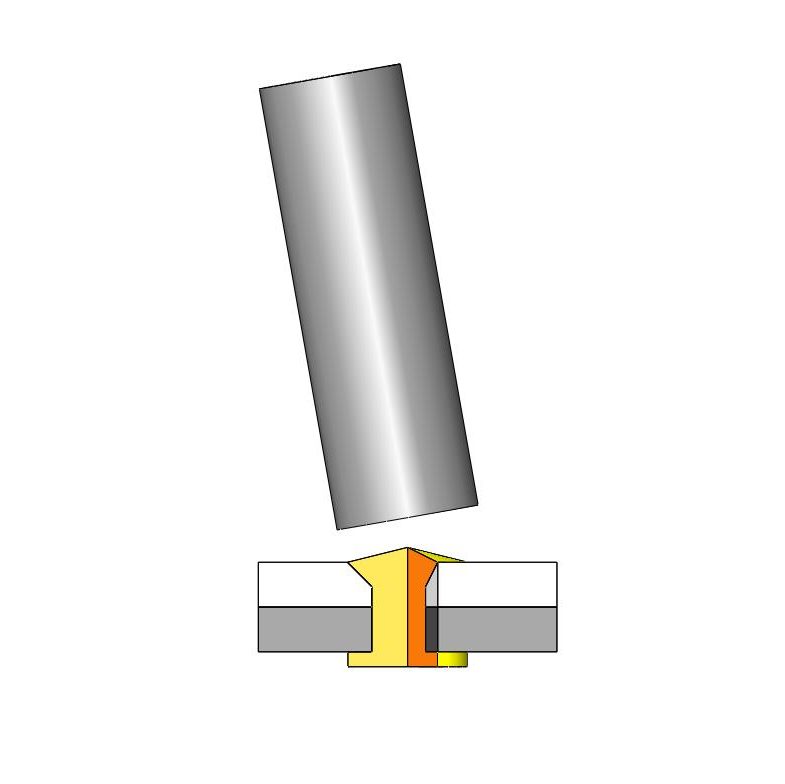
Conical riveting
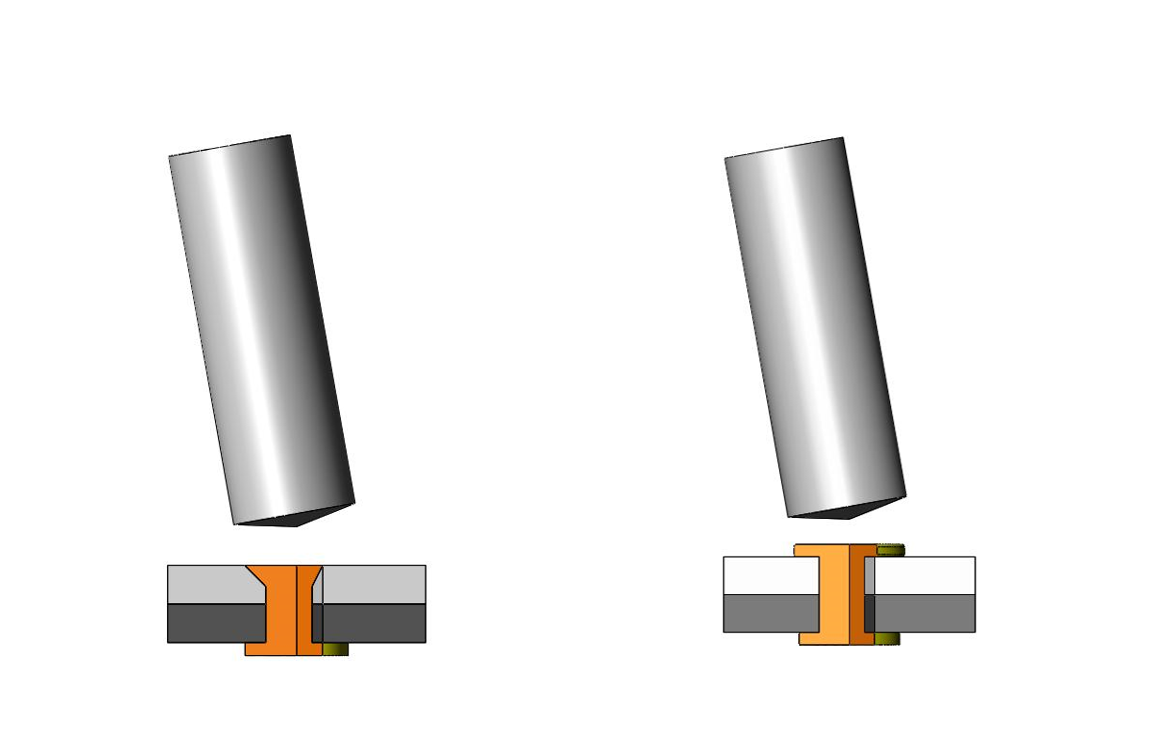
Flat riveting
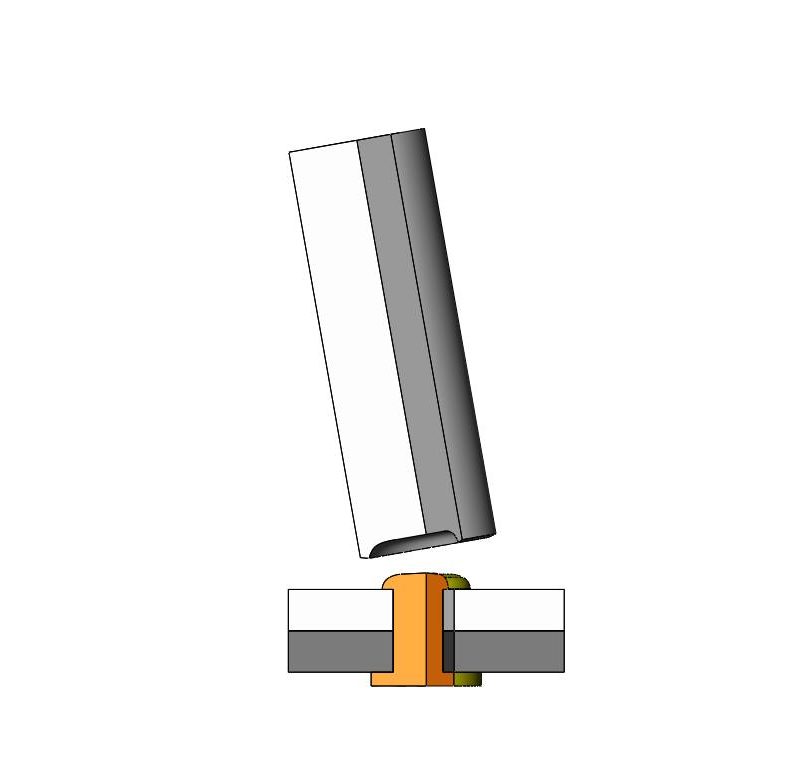
Tapered riveting
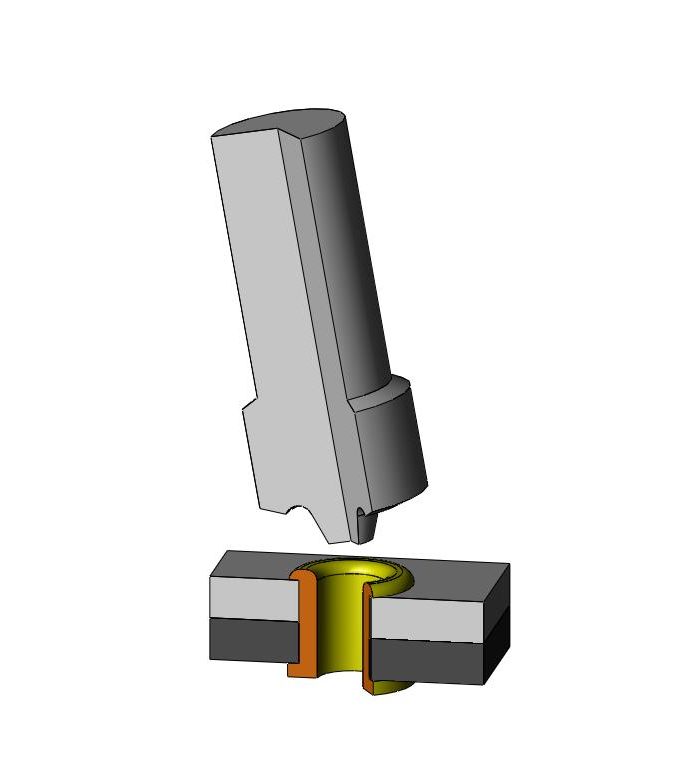
Outer rolled crimp
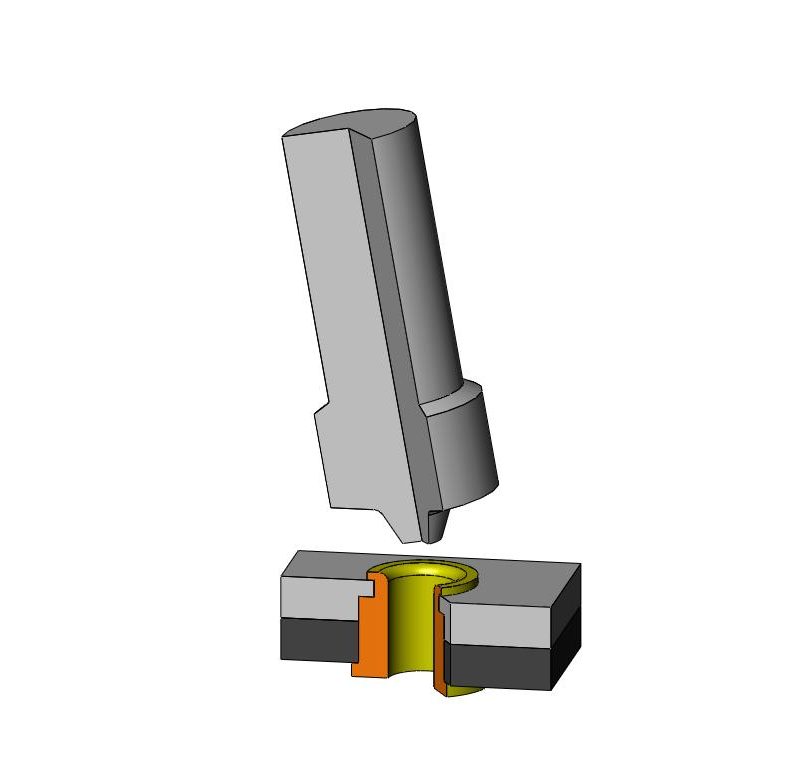
Flat flap riveting
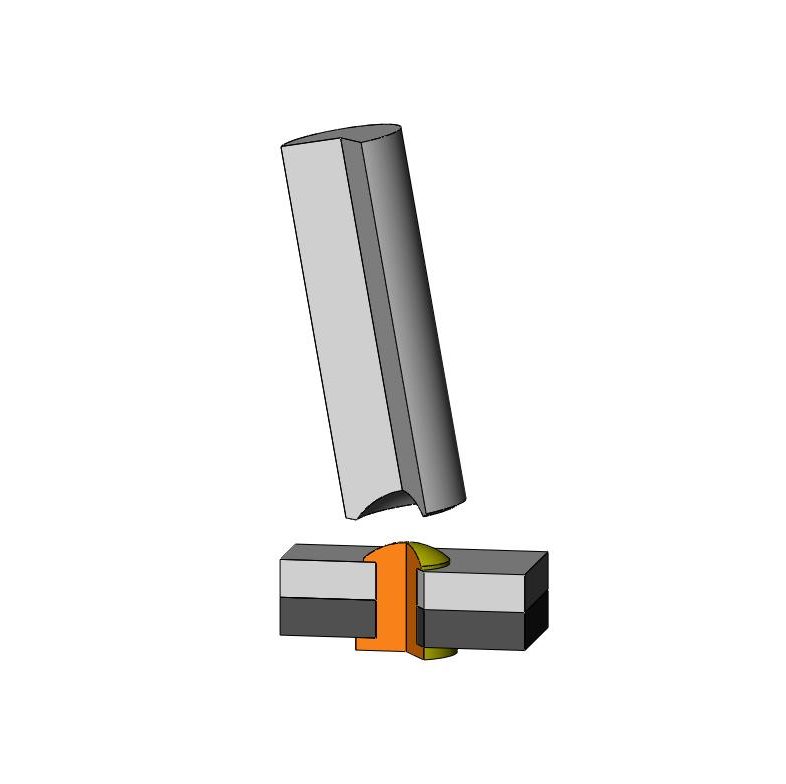
Domed riveting
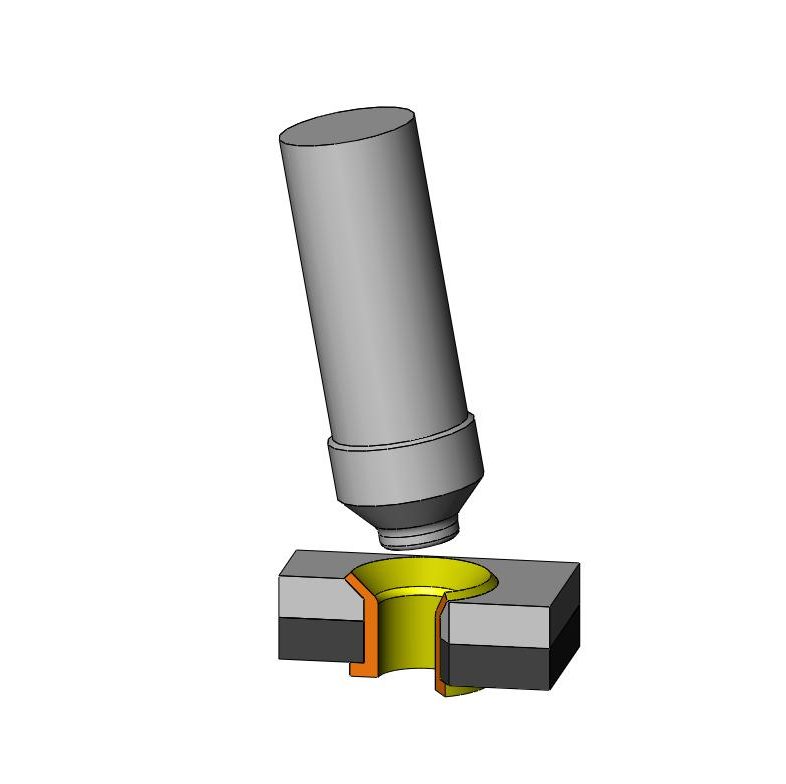
Flare riveting
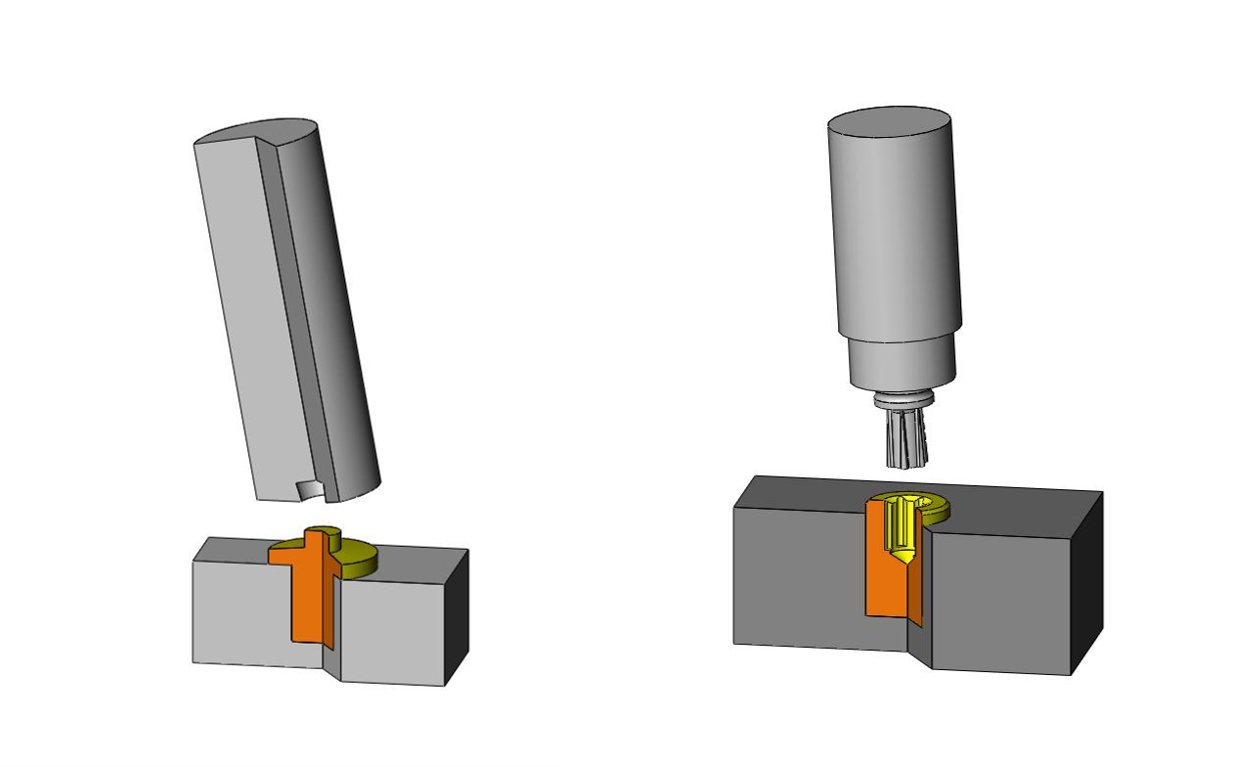
Cutting riveting
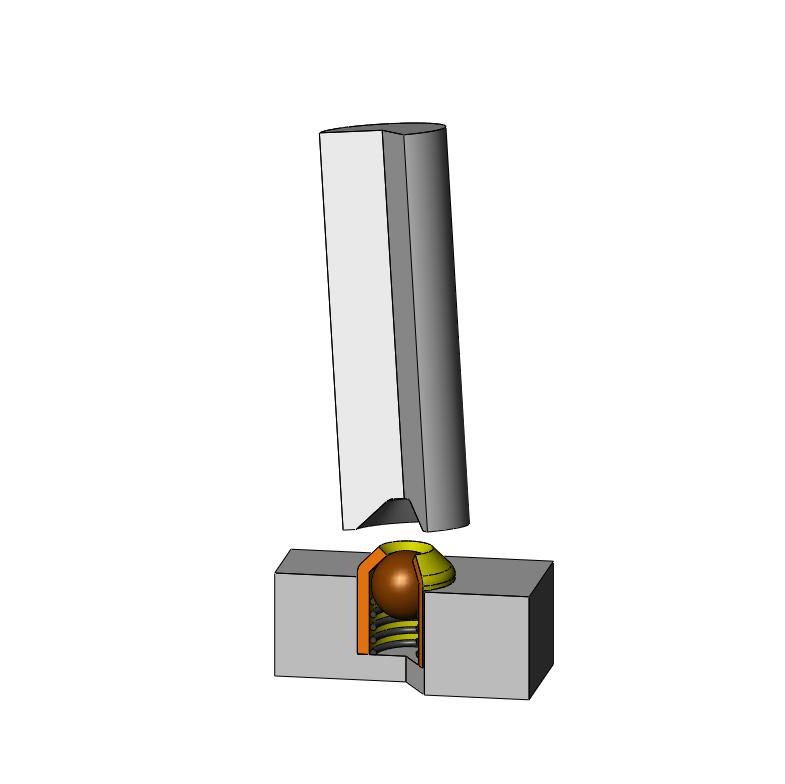
Retracted riveting
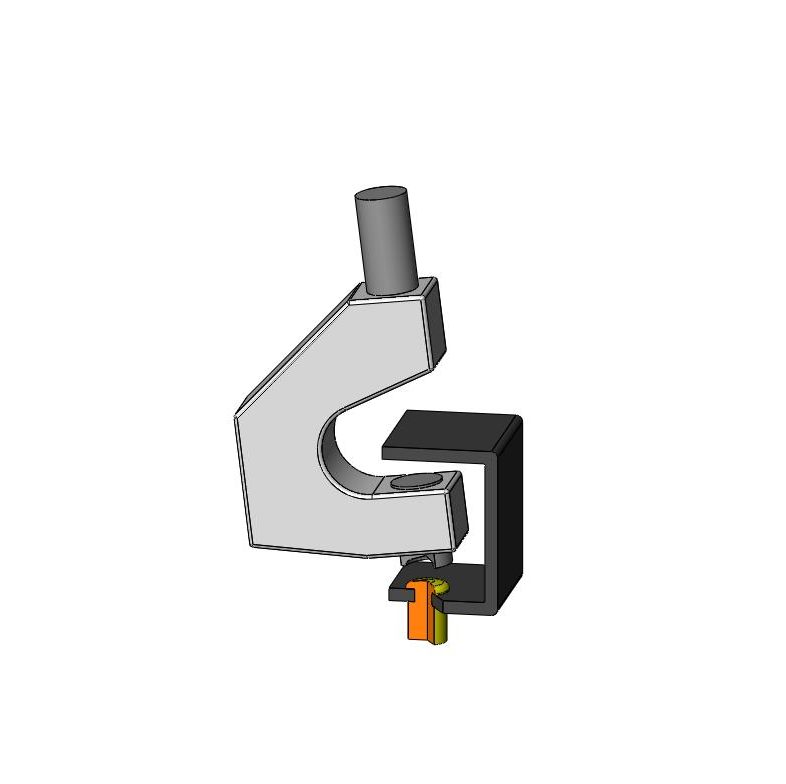
Riveting inside a U
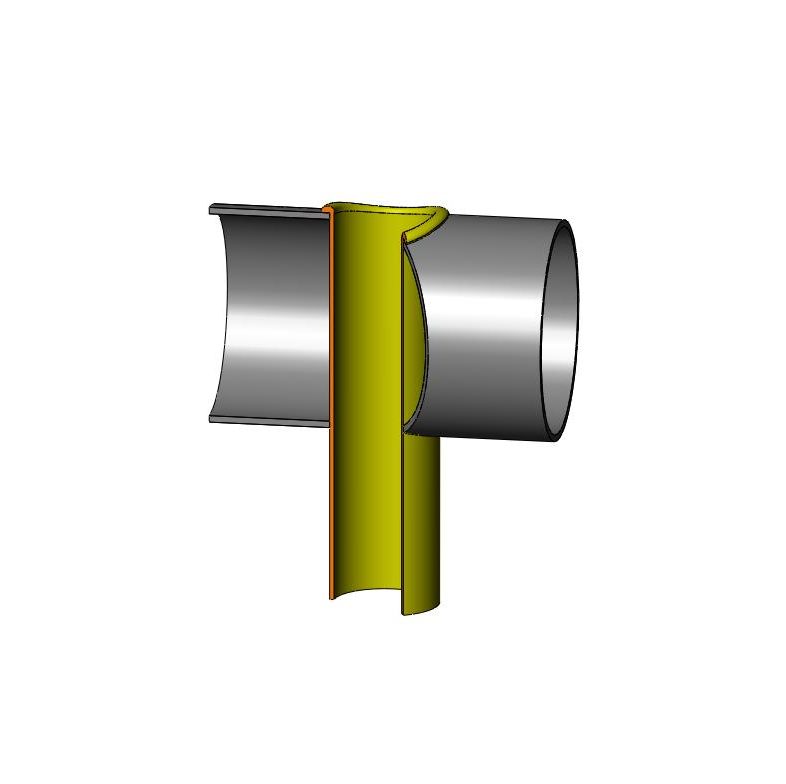
“Exotic” riveting
They say that radial riveting is “better” than orbital, is that true?
First of all, it is important to say that each technique has advantages depending on the type of material to be deformed, the hardness, the shape, etc. For example, it is recommended to use radial riveting for hard materials, especially stainless steel. . Indeed, the deformation of the material is more progressive. This avoids the risk of cracks in the material on the periphery.
On the other hand, in the applications of tubular rivets, or deformation of tubes (for example shock absorbers) radial riveting must be avoided. Indeed, the radial deformation moves the material towards the center then outwards, going back through the center, which can modify the geometry of the part.
GUILLEMIN is the only riveting specialist who has truly mastered both techniques for many decades. This is why we do not promote a technique, but define the best solution for each case.